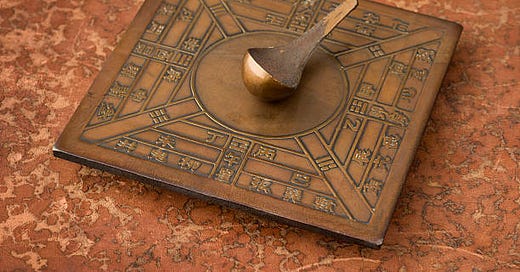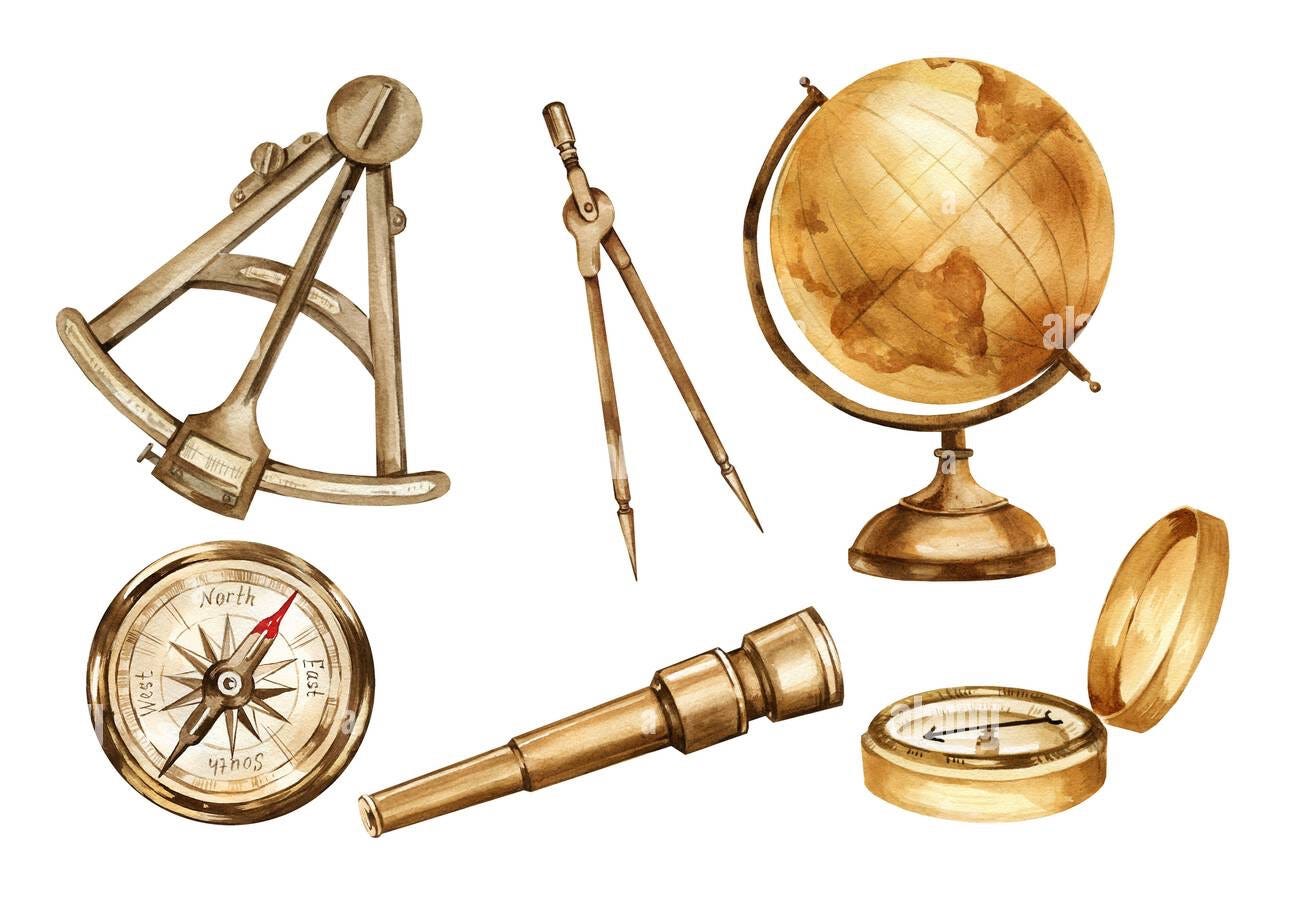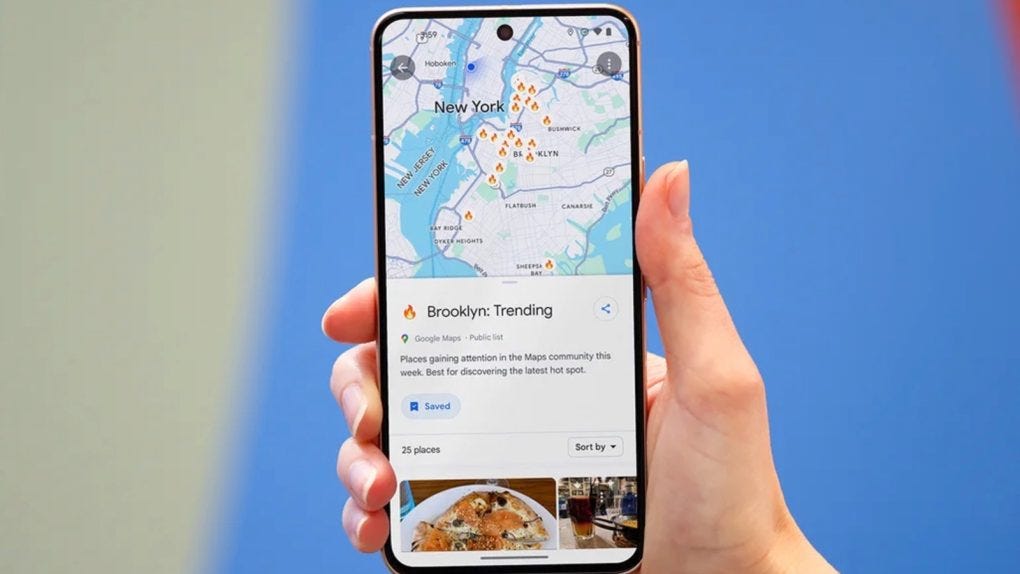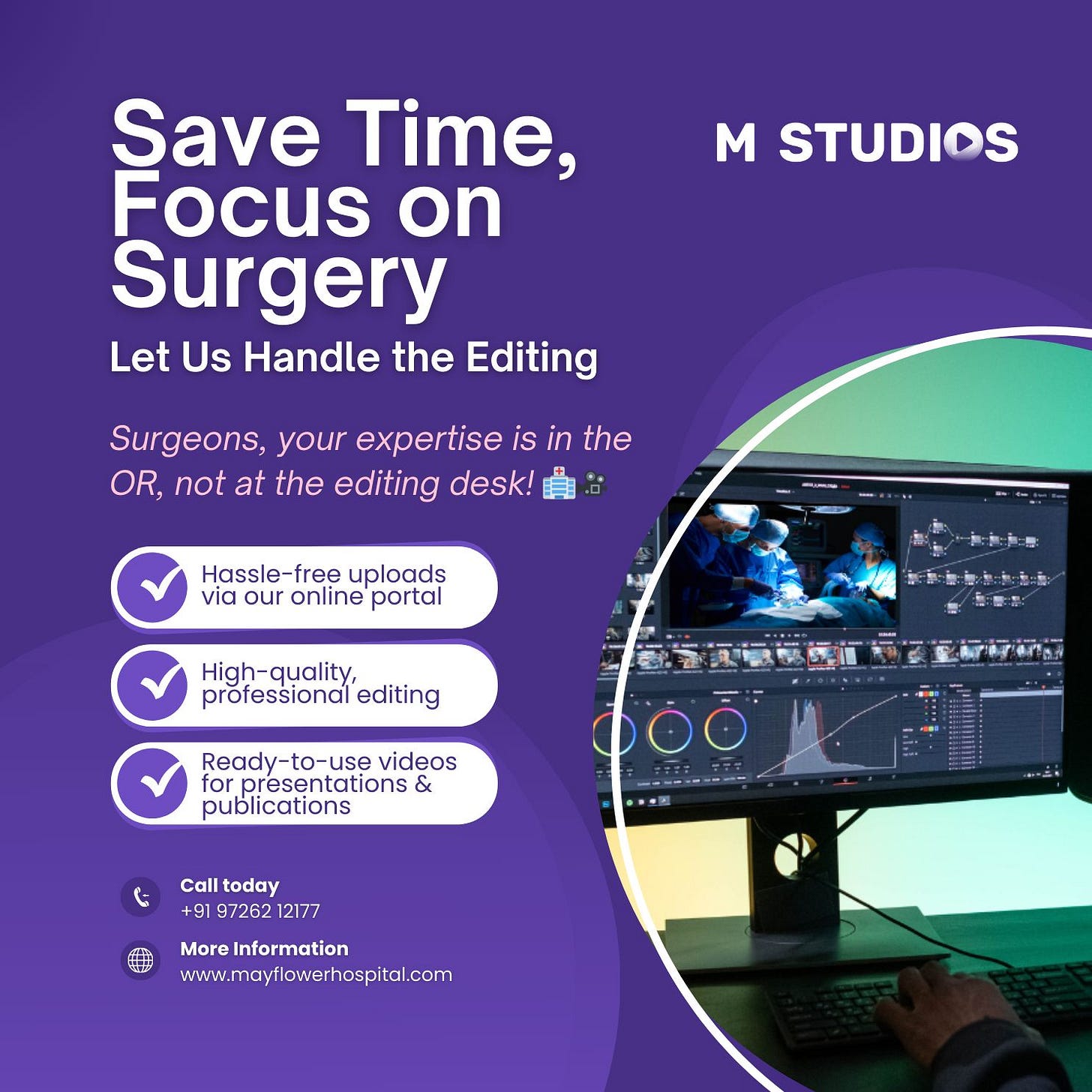Navigation is a muscle. Mankind wasn’t born with the ability to navigate, but through our incessant need to explore, and our willingness to go far and beyond, we developed an entire science to navigate.
This is an image of the world’s first compass.
From here on there was no looking back. We built a more sophisticated and portable version of it.
Before we knew it, there was a whole horst of navigation tools to help sea-faring people cross over to lands far and wide.
All of that suddenly changed one fine day in the early 2000s when this website dropped
Very few people realised that Google maps was about to change the face of navigation as we know it. Today, Google maps is ubiquitous, powering everything from cabs, food delivery, and even tourist attractions and things to do in a city.
In turn, the cost we pay for going from stellar navigation, set-squares, and magnetic compasses to a tap-and-go service is that we are slowly and steadily losing our collective ability to navigate.
If you are a heavy maps users, I urge you to try and think of the route to your favourite ice-cream shop or theatre without the use of maps. It gets hard. Your brain feels heavy. You know the general direction but figuring the exact road feels like effort.
That’s also what happens with surgery. When we don’t do it for some time, we start to lose the muscle memory for it. The brain has to put in a lot of effort when we start again, and some crucial and important to remember aspects might be lost.
So in today’s edition, we’ve covered 5 aspects of laparoscopic surgery that you must always stay in practice of so as to not lose touch. You can’t do everything, all the time, but these 5 things you must find a way to.
1. Safe Energy Modulation
Uncontrolled heat can cause more damage than disease. Whether you’re using bipolar, harmonic, or advanced vessel-sealing devices—train your hand to modulate energy with economy. One wrong zap can mean compromised fertility or chronic pain.
⚡ Hack: Watch your old surgery videos on mute. Can you tell what setting you were on just by the tissue response?
2. Blunt & Sharp Adhesiolysis
Endo sticks. A lot. And if you’re not constantly refining your adhesiolysis, you’ll either tear the bowel or waste precious OR time. Neither of which make you look good. Knowing when to go sharp and when to go blunt isn’t just skill—it’s instinct. Practice keeps that instinct alive.
🧠 Mind trick: Ask junior residents to justify their approach during simulation labs. If they struggle, it’s a good refresher for you too.
3. Suturing in Awkward Angles
Let’s be real—lap suturing is a flex. I am certain someone somewhere is using lap suturing videos to impress a date. Good luck with that. But if you haven’t done it in months, your wrist knows. Suturing is not just an art, it’s a performance sport. From vault closure to bowel repair to ureteric reimplantation—laparoscopic suturing is where finesse lives. Keep practicing or get ready to struggle on live patients.
🪡 Weekend drill: Dry lab. Needle. Knot. Repeat.
4. Posterior Compartment Deep Dive
The cul-de-sac is where endo likes to hide and wreak havoc. Practicing rectovaginal dissection and shaving techniques— especially when endometriosis obliterates planes—is critical. This is not the place to freeze up. Keeping this skill alive is crucial to helping you stay on track even when an unexpected case arrives.
🧪 Test yourself: Can you sketch out the steps to dissect the rectovaginal space without looking at notes?
5. Precise Retroperitoneal Dissection
Navigating the pelvic sidewall isn’t just about knowing your anatomy. It’s about respecting it. Knowing how endometriosis alters anatomy, and using that understanding to map important landmarks is crucial in performing a total and complete surgery.
Practicing layered dissection, ureterolysis, and managing vascular structures will keep your hand steady when that one big case comes in—and when it does, you can’t afford to fumble.
🔁 Sim practice tip: Use video cases to mentally walk through the steps. Pause. Rehearse. Narrate. Vocalising helps internalising.
That’s it for this week.
But before we go, please take a moment to consider the newest offering from our kitty, M Studios
It’s the easiest hack to editing your surgery videos and giving your patients a super transparent and super premium post-op experience. All this without taking time away from your core competence of surgery.
If you’re looking to up your game, call us on +919726212177 and we’ll handle the rest.
See you next week!















Hi! thanks for amazing tips. I'm gyn surgeon, speciallized on vnotes surgery. I would like to know a little bit more about surgery video editing. Could you inform me a little bit more? Thanks
Excellent tips 👏